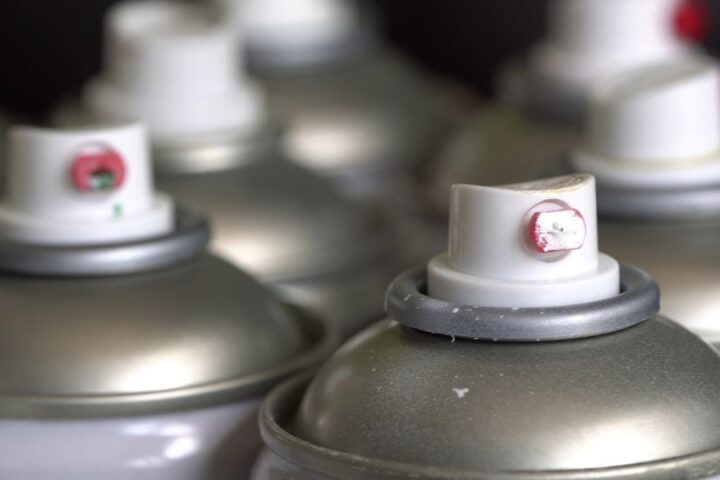When that first warm day comes, tempting you to fling open the windows and air out the house, the next thing you’ll think of is decluttering and tidying up. Keep these dos and don’ts of sustainable spring cleaning in mind as you tackle your dusty shelves, overflowing closets, and festering fridge.
Reduce, Reuse, and Recycle
The freshness of spring gives a sense of urgency to offloading unused junk, old clothing, and outgrown toys. Remember to be mindful of the three Rs of sustainability: reduce, reuse, and recycle.
Buying and using less stuff overall is the goal of “reduce.” If you’re in the mood to get rid of stuff, don’t immediately replace it with new items. Live without what you’ve discarded for a while, and you may discover you didn’t need it anyway.
Reuse or repurpose items you might otherwise throw away, from ripped jeans to old towels. You can find many uses for items you might otherwise toss: patch the jeans, cut them off to make shorts, or even use the denim to make purses or pillows. Old towels also make great cleaning rags. Avoid single-use items such as paper towels and cleaning cloths; use washable, reusable cloths instead.
Recycle mindfully. Check with your local solid waste disposal agency about how to dispose of electronics, household chemicals, paints, or solvents.
Use Nontoxic Cleaners
There are now many choices for nontoxic, plant-based, natural cleaning agents on the market. You can also use ordinary household items such as distilled white vinegar, baking soda, and lemon juice as cleaners.
The popularity of television series such as Downton Abbey has created interest in Victorian and Edwardian household cleaning hacks. Some of them, such as using stale urine to get stains out of rugs, will make your skin crawl, but others sound oddly practical and sustainable: you can dry used tea leaves and sprinkle them on the floor to gather dust and make it easier to sweep up.
Donate vs. Dumpster
Donate items you no longer need, but only if they’re clean and still functional. Thrift stores are tired of receiving bales of ripped, dirty clothing and broken electronics, which burden them with the responsibility of appropriately disposing of the items.
For major cleanouts of attics, sheds, or garages, where you know there’ll be lot of useless old stuff with minor sentimental value, rent a dumpster. Illegal dumping is an environmental hazard, not to mention an eyesore. Your old couch or exercise bike doesn’t strike anyone as admirable roadside sculpture—it’s just junk. If you don’t want it and can’t find a way to reuse it, it belongs in a dumpster to be responsibly hauled away by a reputable dumpster rental company to a landfill that’s subject to environmental regulations.









